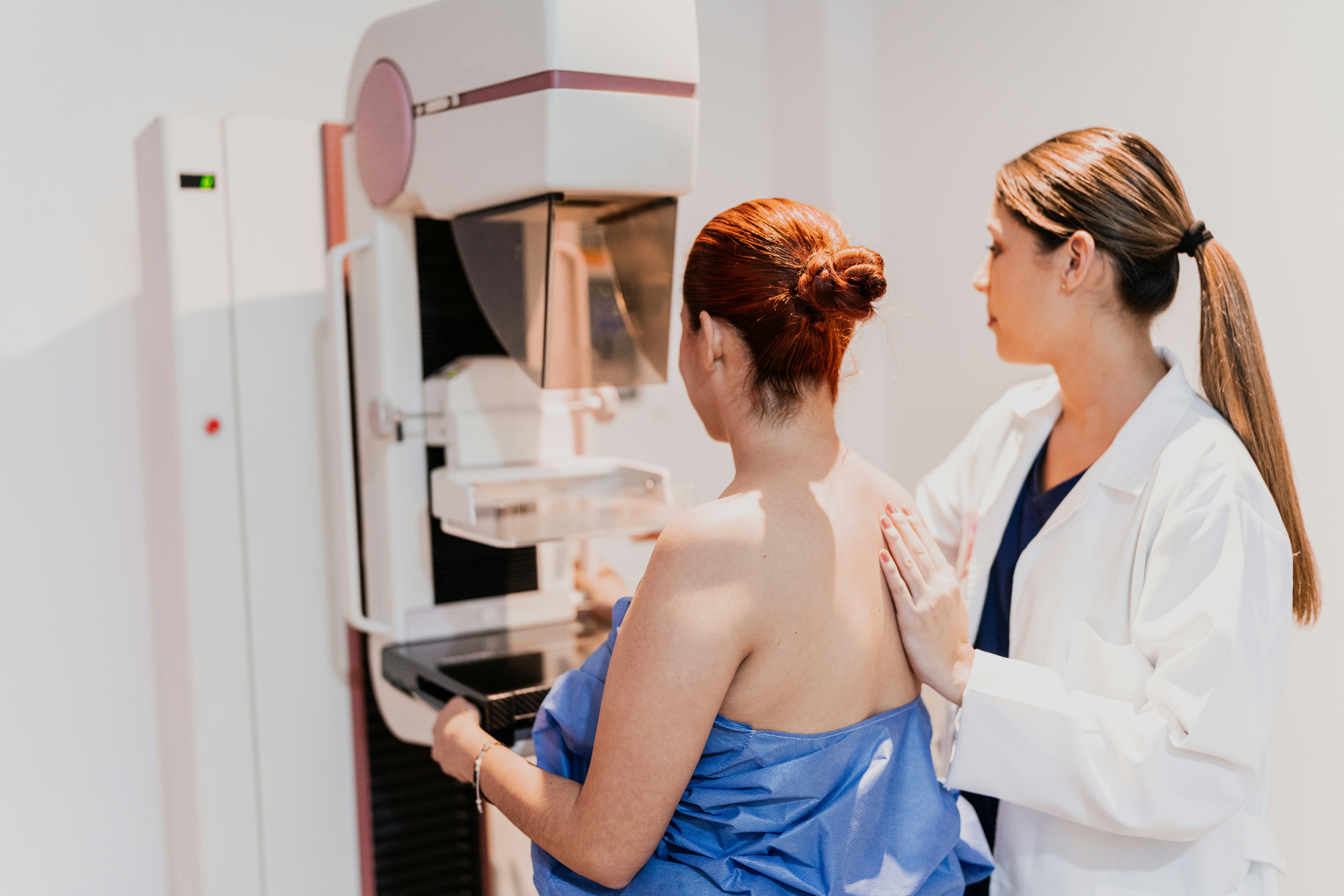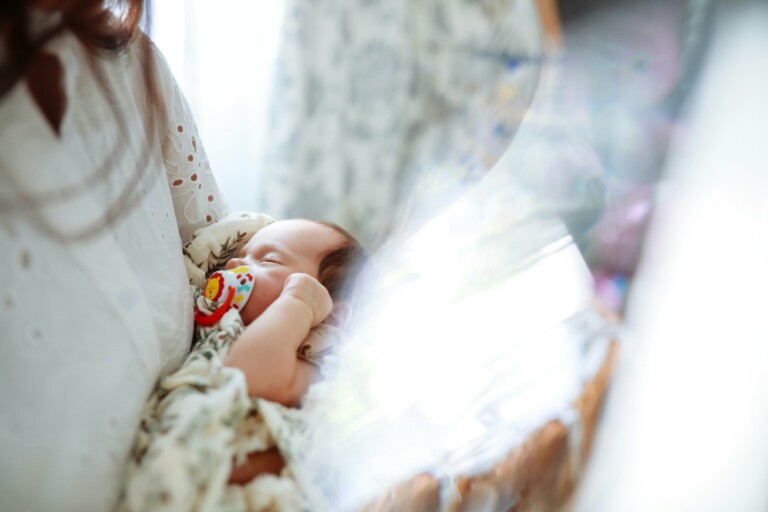Mammogram Patients Will Soon Be Told About Their Breast Density
Mammography facilities will soon have to notify patients about the density of their breasts in a progressive step aimed at improving early detection of breast cancer.
The new rule, which goes into effect Sep. 10, 2024, was part of updated mammography regulations outlined by the U.S. Food and Drug Administration (FDA) last year.
Colorado and Minnesota have already taken measures to begin to include breast density in reporting. This would be the first nationwide regulation.
Breast density — a measurement of how much fibroglandular tissue there is in a woman’s breast versus fatty tissue — could be a notification of high breast cancer risk for patients. The more fibroglandular tissue, the denser the breast, the more risk for cancer.
About half of women older than 40 in the United States have dense breast tissue, radiologist Dr. Kimberly Feigin, interim chief of the Breast Imaging Service and head of the Breast Imaging Quality Assurance at Memorial Sloan Kettering Cancer Center, told CNN.
“We talk about breast density for two reasons. One is that breast density can make it more difficult to spot a cancer on a mammogram, because dense breast tissue — the glandular elements and connective tissue supporting elements — looks white on a mammogram and cancer also looks white on a mammogram,” Feigin said.
In other words, dense breast tissue can hide cancer on a mammogram since the tissue appears white on a mammogram, in the same way lumps and tumors appear.
“The second reason that breast density is important is because having dense breast tissue raises a woman’s level of risk of developing breast cancer,” Feigin said
While it is recommended that all women get mammograms starting at age 40, some women with dense breasts may benefit from additional imaging options for breast exams, such as ultrasounds or MRIs.
Now, before you start to do a self-exam, swearing your breasts are “dense,” there are some factors that come into play when knowing if you have dense breast, and it really has nothing to do with how they “feel.”
“A lot of people will say, ‘I know I have dense breasts because it feels lumpy to me.’ That was actually not accurate. We can only know if your breast tissue is dense by the definition used by professionals based on how it photographs on a mammogram,” Dr. Toma Omofoye, a breast imaging radiologist at the MD Anderson Cancer Center, previously told CBS News.
While the new notification is a step in the right direction for women’s health, the new notification doesn’t provide specific next steps for patients with dense breasts. However, it is recommended women talk with their providers to get a clearer sense of their individual risk and to determine a screening plan that’s right for them.
JoAnn Pushkin, executive director of DenseBreast-Info, told Scary Mommy that those looking for a closer look after learning of dense breasts should ask lots of questions and push for more information about further tests.
“Generally, women with dense breasts, if they’re pushing for something, should push for the MRI because it finds the most cancers, but not every insurance will cover that or they and their doctor might decide she’s not as high risk as that. It really involves a conversation with your doctor, but be mindful of this,” Pushkin recommended.
Information contained on this page is provided by an independent third-party content provider. This website makes no warranties or representations in connection therewith. If you are affiliated with this page and would like it removed please contact editor @saratogasprings.business






